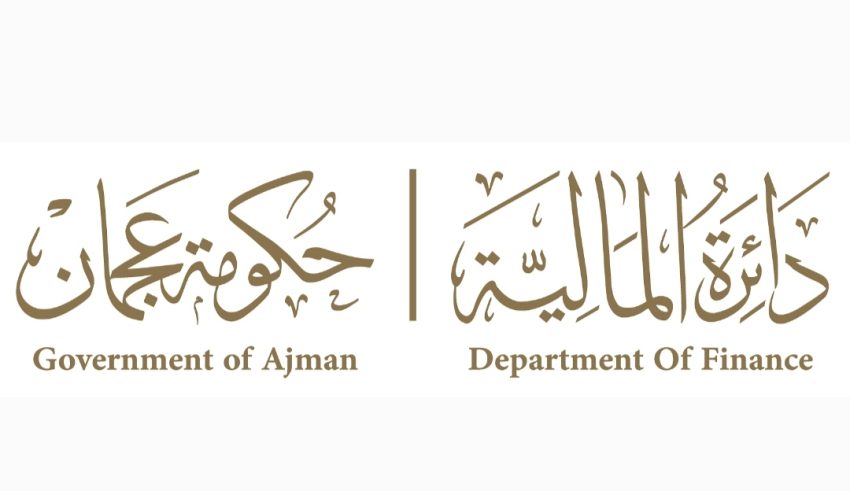
News Desk
AJMAN: The Department of Finance in Ajman recently held a number of in-person and virtual meetings with representatives of government departments in the Emirate of Ajman to follow up on the implementation of the government services cost calculation guide adopted by Sheikh Ahmed bin Humaid Al Nuaimi pursuant to Resolution No. 1 of 2023, which Establishes a unified regulatory framework to achieve best practices in pricing government services.
The Department of Finance in Ajman is responsible for supervising the implementation of this project and holding workshops and meetings on the procedures contained in the guide to train employees of relevant government agencies, as part of its vital role in supervising all financial and accounting affairs of the emirate’s government, and its keenness to ensure the efficient management and development of financial resources. And effectively, which contributes to achieving sustainable development in the emirate and enhancing its competitiveness.
In this regard, Abdullah Al Janahi, Director of the Government Revenue Department at the department, explained the importance of the government services cost calculation project in supporting strategic decisions on pricing services in the Ajman government, helping to efficiently distribute financial resources, and supporting decisions on the annual budget with the aim of enhancing the quality of life. in the emirate and the happiness of customers, praising the cooperation of government agencies with the Department of Finance to implement the work plan.
For his part, Tariq Al Marzouqi, Financial Resources Development Section Manager at the department, indicated that the meetings provided a detailed explanation to the cost calculation teams in seven government departments about the requirements and models used in calculating the costs of government services, the standards that must be taken into account in the field of updating their fees, and the standards for classifying government services. According to the economic characteristics, noting that this comes within the framework of the department’s keenness to transfer knowledge to support its partners from government agencies.
These meetings discussed methods for implementing the project to implement the guide for calculating the costs and pricing of government services, and a model for inventorying government services to classify organizational unit services, and a model for inventorying cost drivers and distributing them among expenses, was presented. It also touched on how to determine the direct and indirect costs of the prevailing sectors and determine the total cost of each sector and the causes and drivers of the cost for each service.










